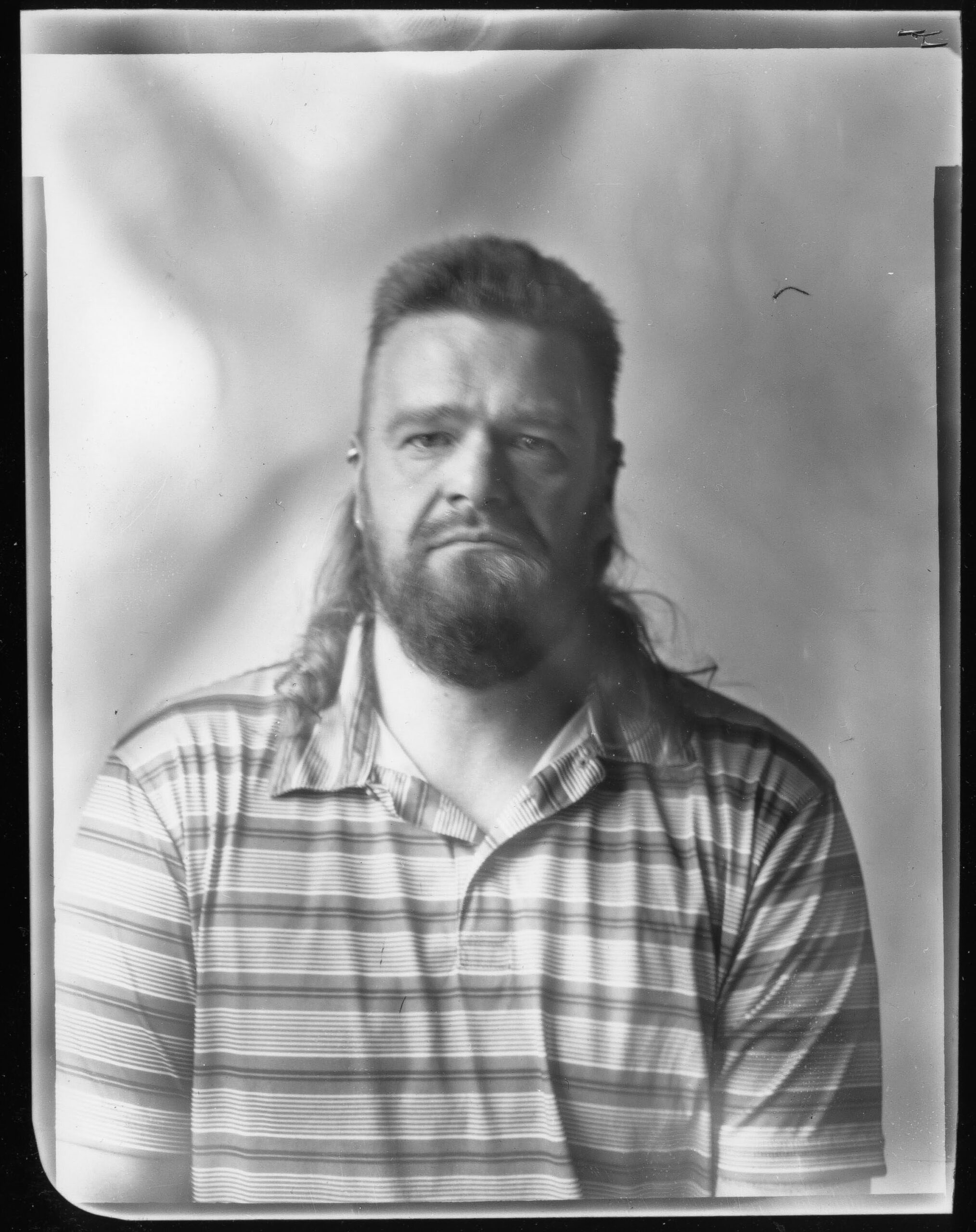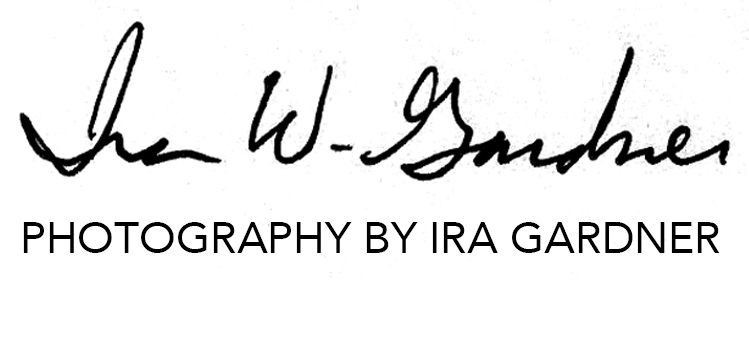
The French literary critic Roland Barthes wrote an essay about how, after the death of his mother, he was searching for a photograph of her that captured her essence. After much research into his library of family photos he came across a photograph of his mother. In it she remained stoic and poised, seated with out a smile.
Barthes hypothesized that the historic photographed required such a long exposure that his mother had to compose her full self for the image. He suggest that the sitter must fully occupy their body and form to sit before the camera.
Daguerreotypes and tintype portraits from the late 19th century all possess this quality. Exposure times ranged from 10 seconds to 2 minutes. They all seem to have an spiritual essence to them that is magnified by the historic details that emerge over time via the contrasts with contemporary cultural styles.

In today’s 101 class I attempted to replicate this quality by making a window light portrait with a 4×5 camera using slow speed green sensitive x-ray film. Our lab tech Colin sat in for my demo and the exposure ended up being 30 seconds.
The duration of exposure is one that makes it difficult for the jolt of a candid gesture and smile. The subject must sit calmly and gather their breath and hold still for the entire duration. It is that breath work and balance that I think contains the essence Barthes was talking about.
Ironically, the film I used seem to have gained some interesting fog from being too close to the safe light when being loaded into the film holder. The spiritual essence of this portrait is supported by the cross that is shadowing the background of the image. Colin appears much like an orthodox icon in a church.
I feel a subtle hint of awe at how the camera can transform the subject and elicit a spiritual interpretation of the person that sits before the camera. Perhaps this is why portraiture remains my most favorite genre of photography.

